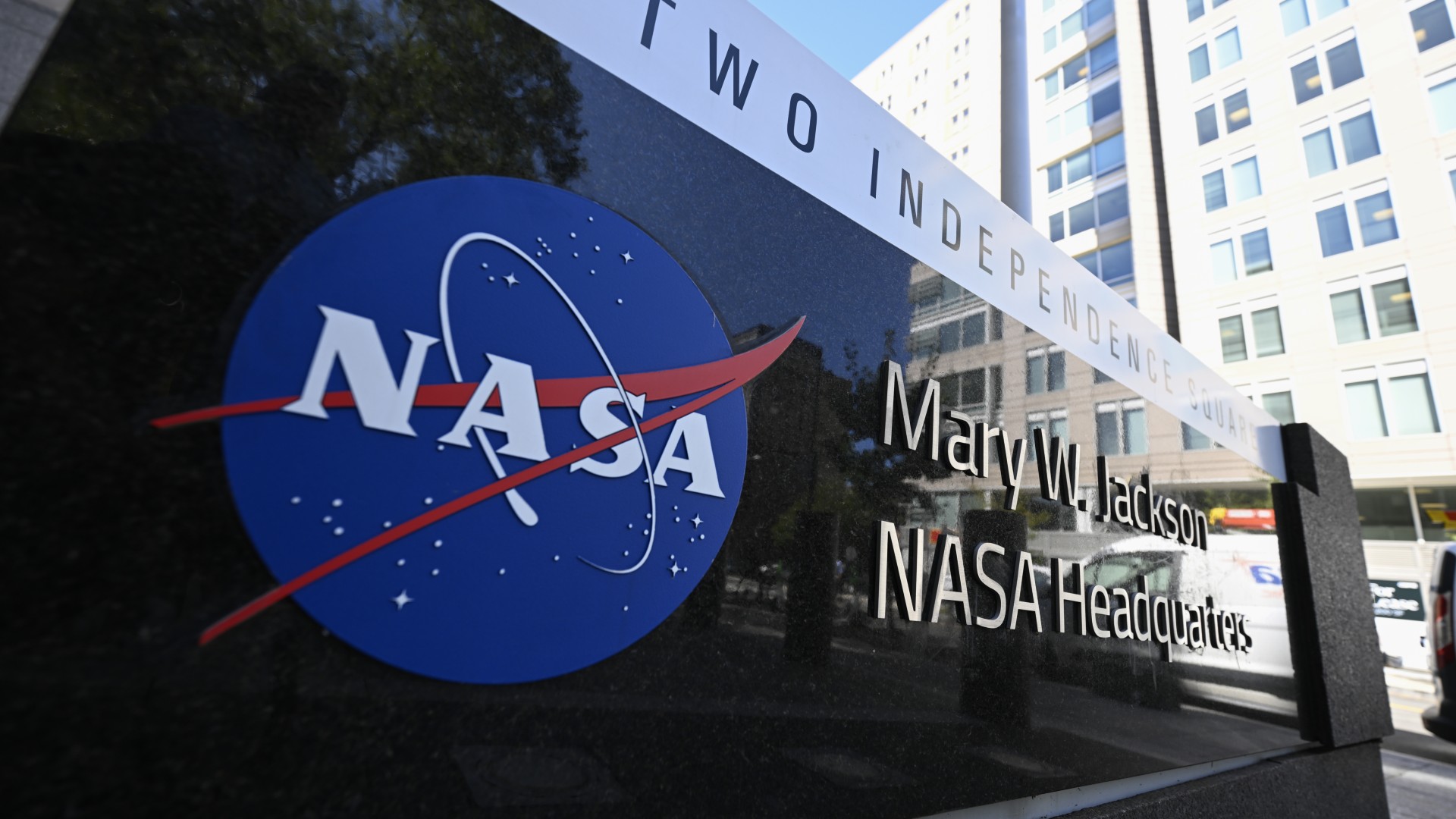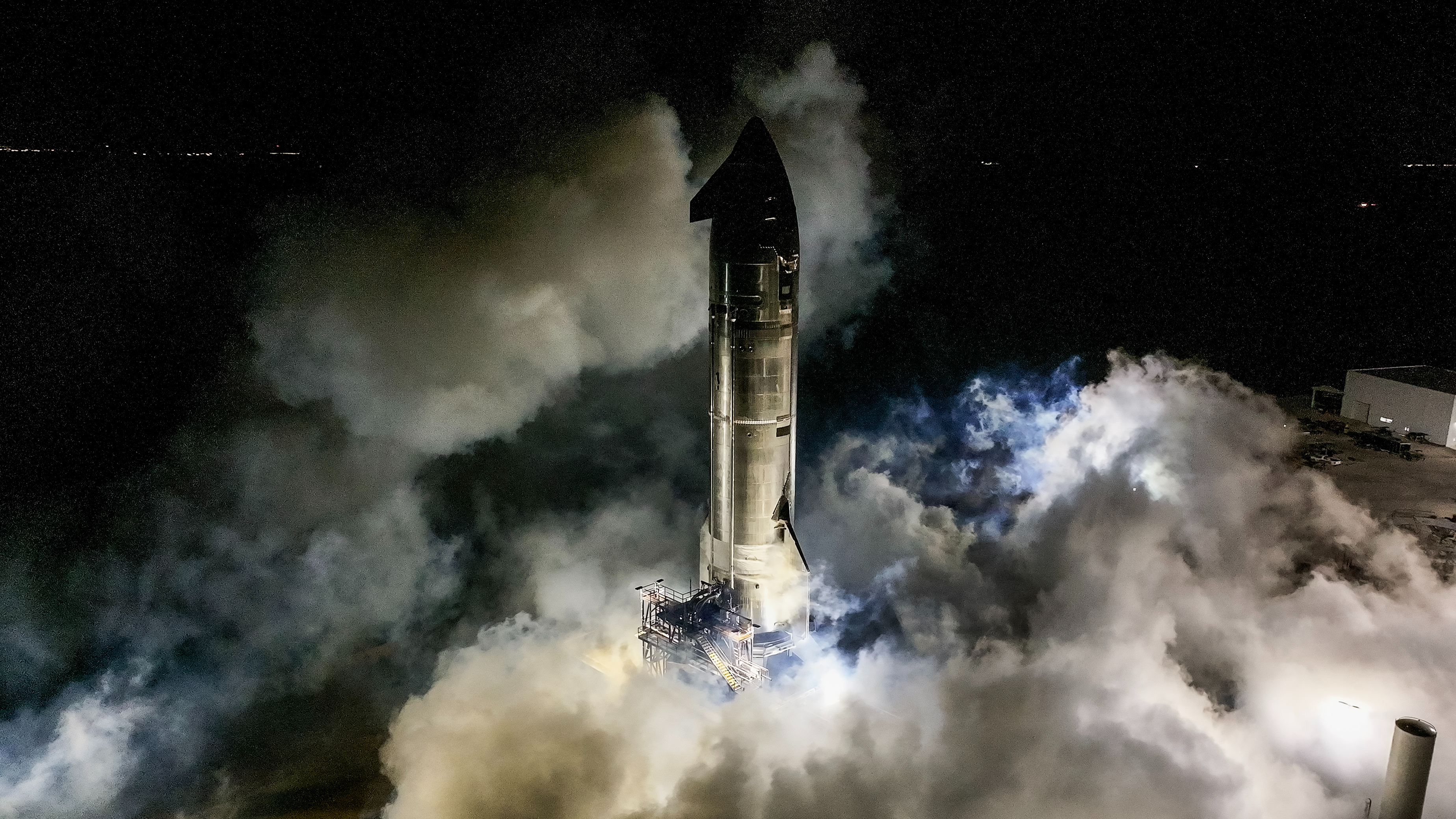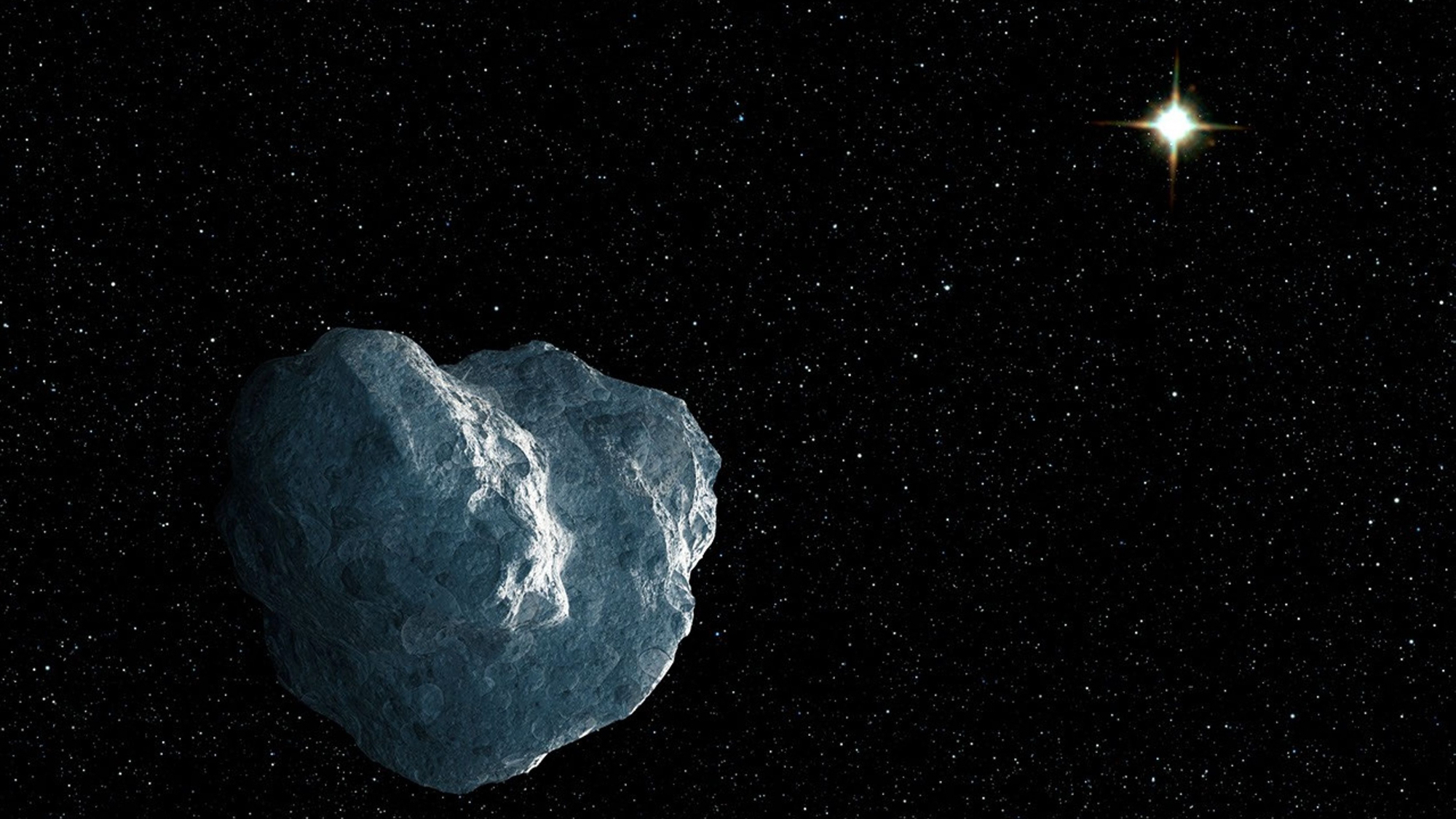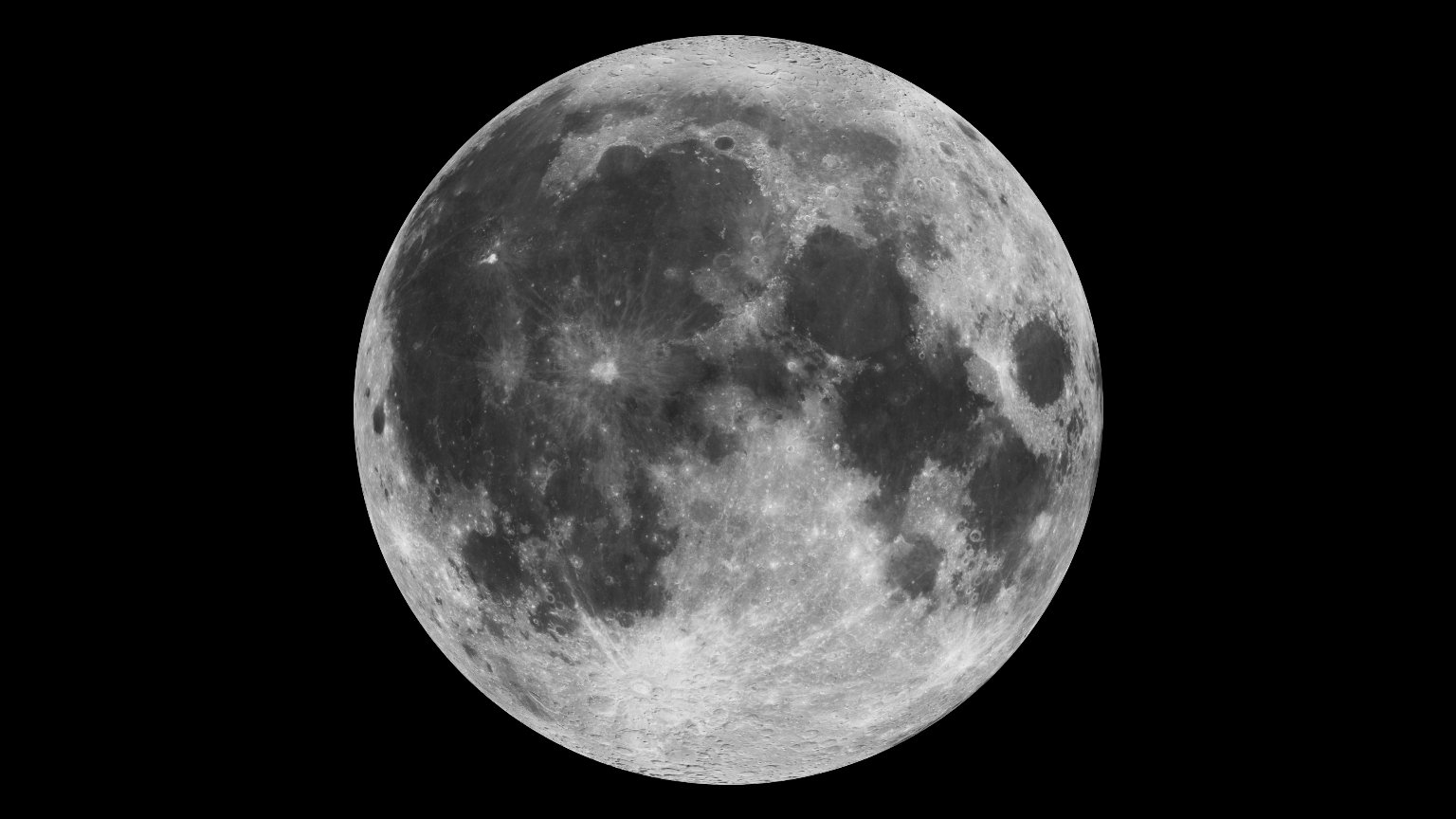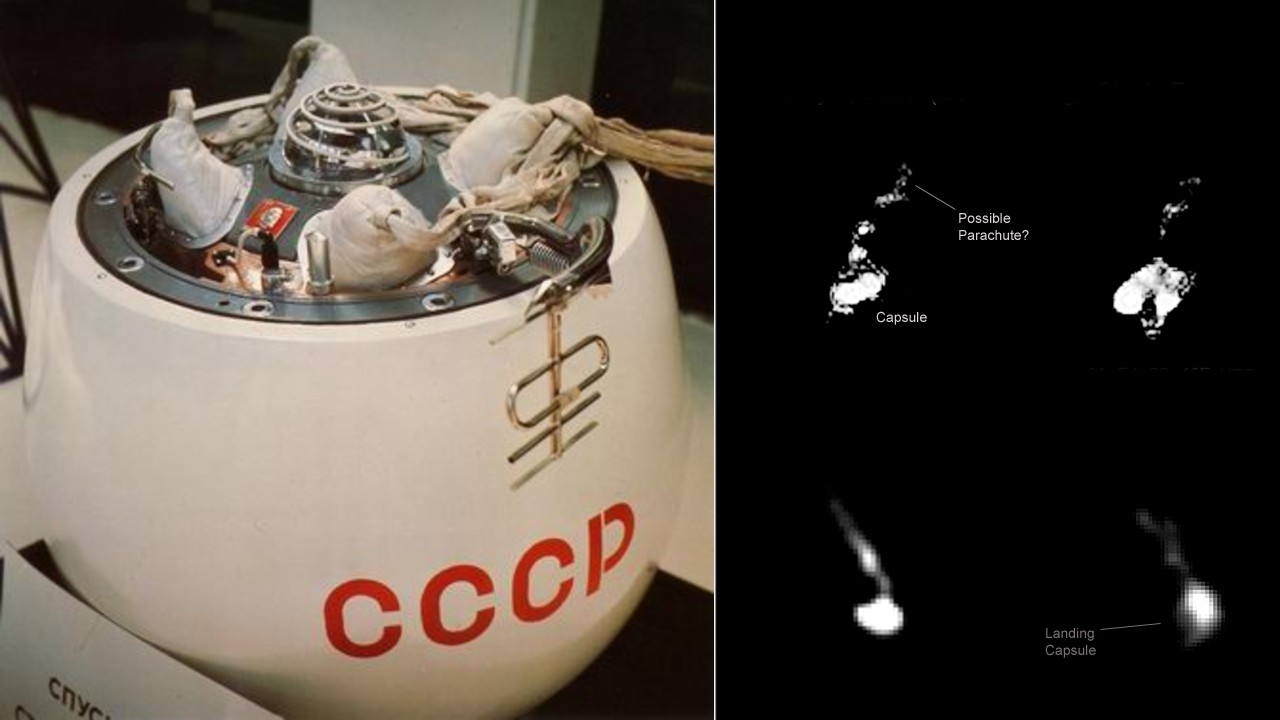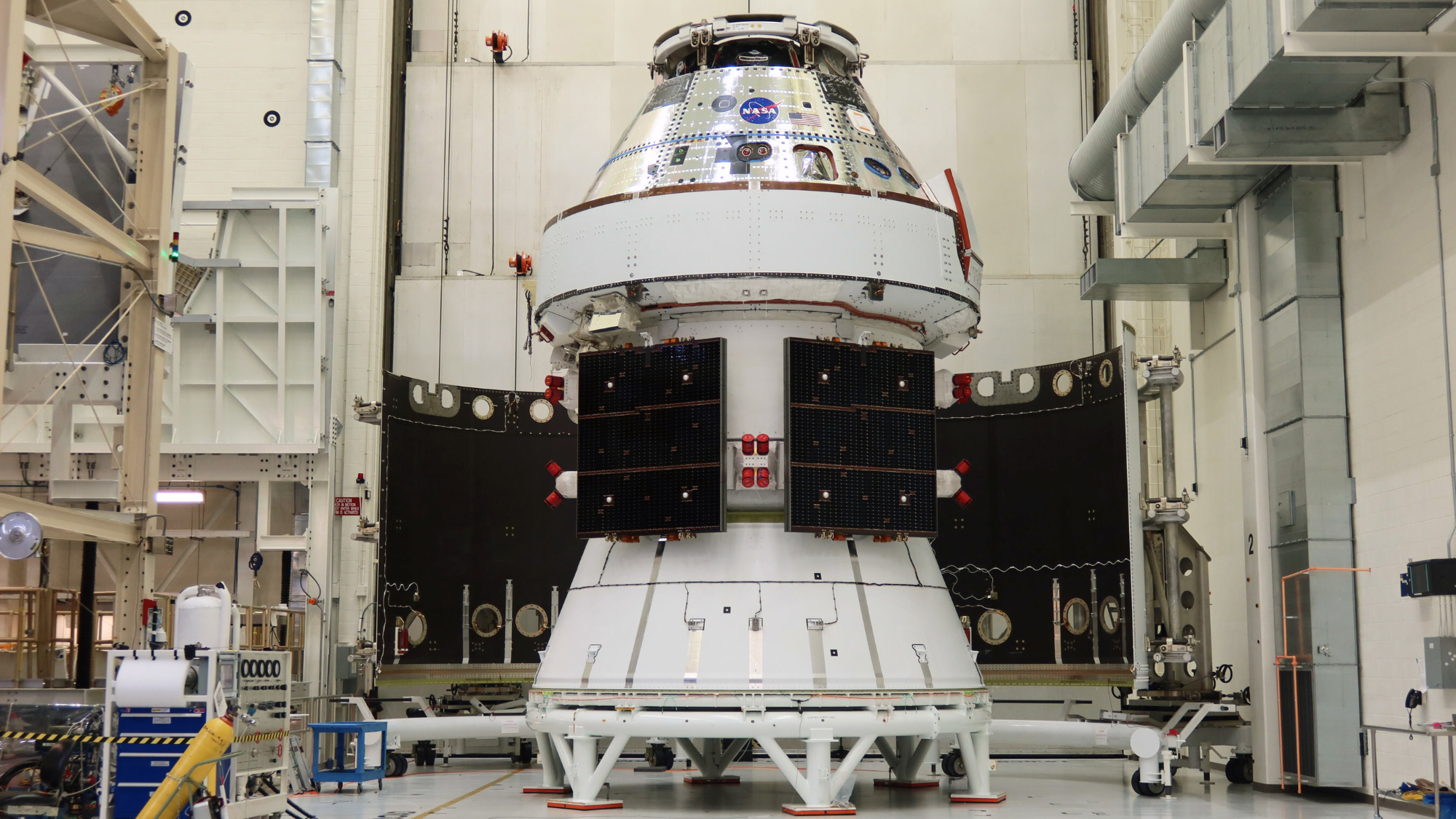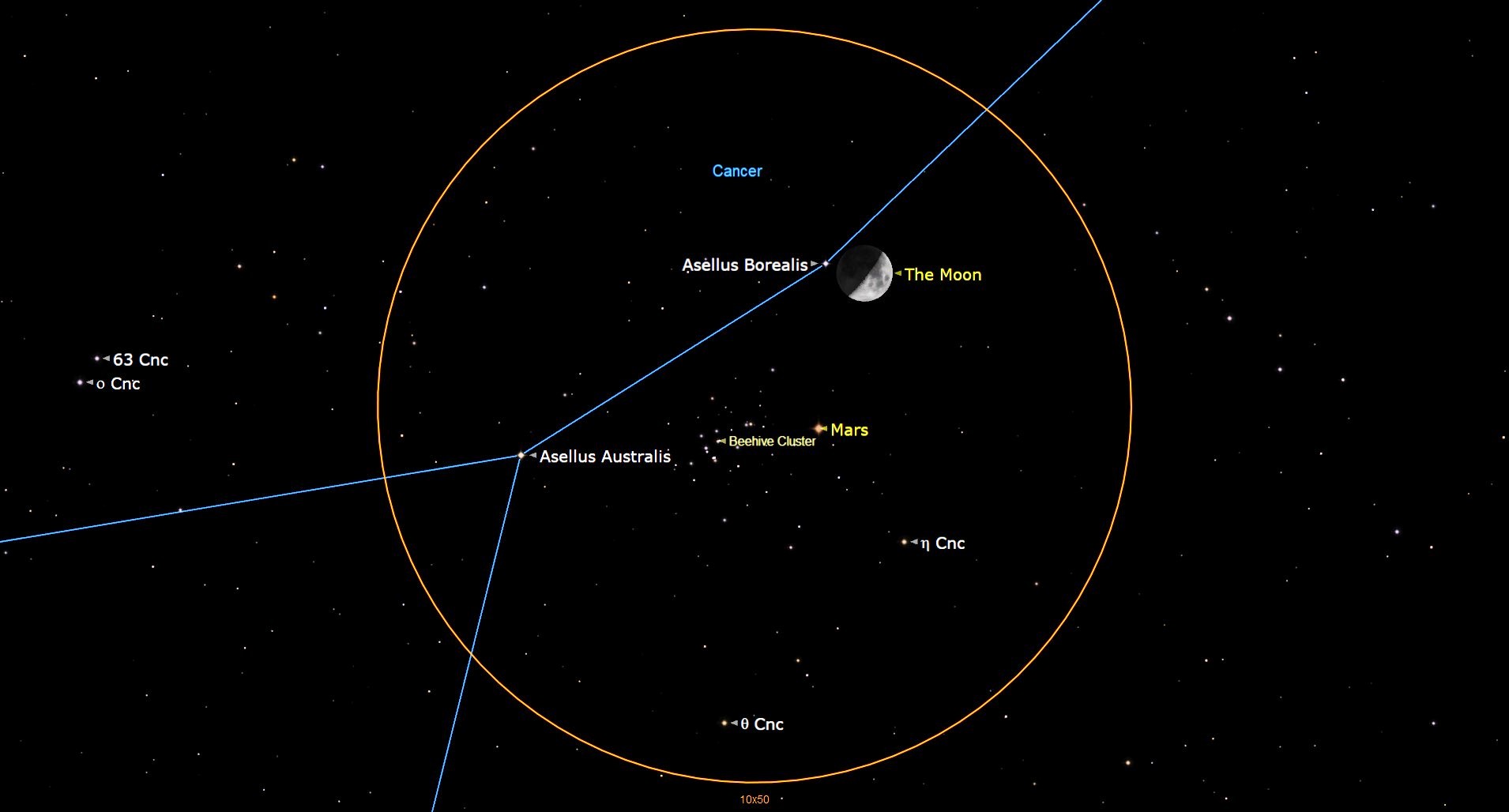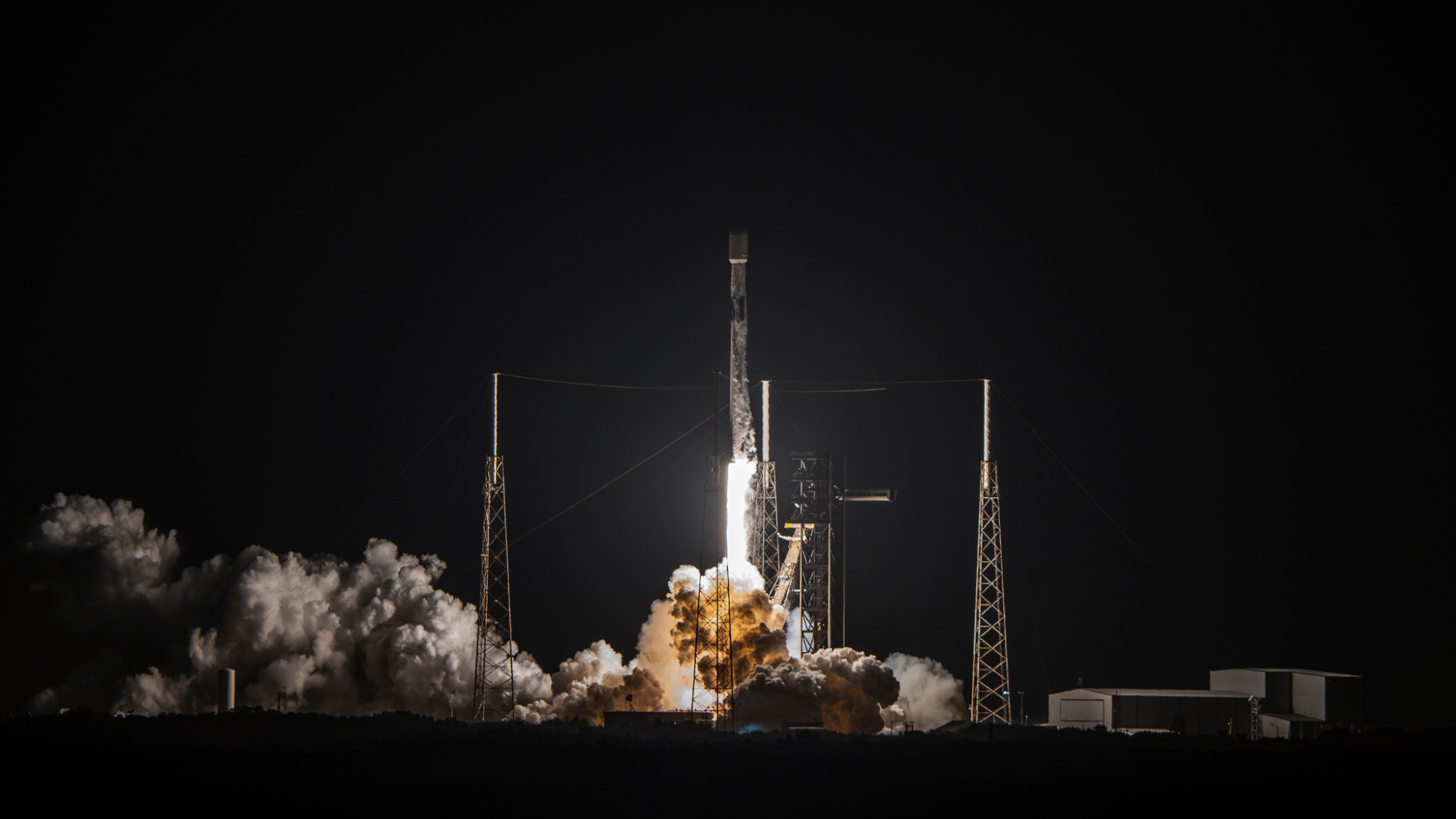New MotoArt PlaneTags made from NASA aircraft used by Apollo tracking stations
'Finding a Super Connie, especially such a noteworthy one, was such a thrill.'
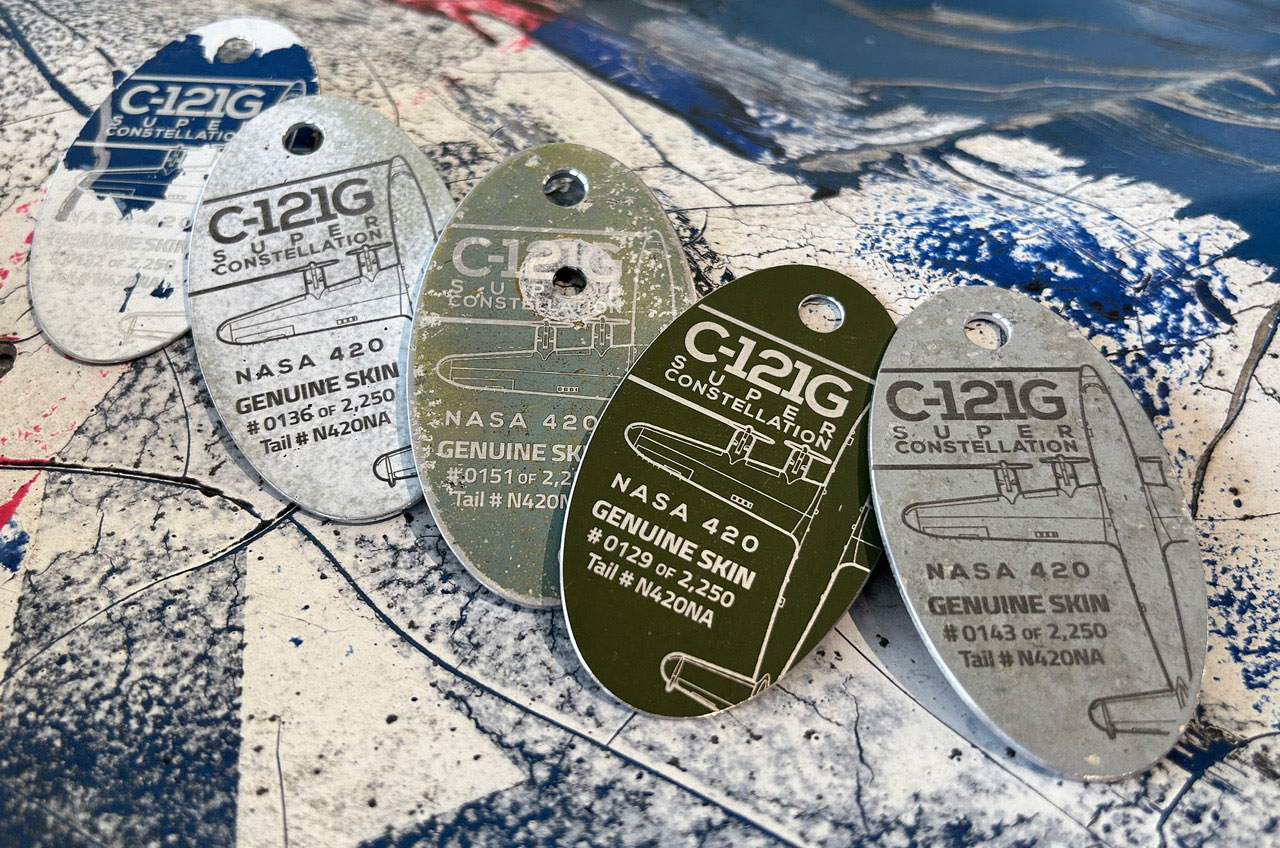
A NASA aircraft that was used to prepare the space agency's Gemini and Apollo ground stations has now "taken off" as a popular collectible.
MotoArt on Thursday (April 27) is releasing its latest, limited edition "PlaneTag," a luggage tag-inspired memento made out of the authentic skin of NASA 420, a Lockheed C-121G "Super Constellation" that was operated by the Goddard Space Flight Center from 1963 to 1973. As a PlaneTag, both air and space enthusiasts now have the chance to preserve a small part of this historic plane, while exposing new audiences to the role that NASA 420 played in ensuring Mission Control knew where their astronauts were as they circled Earth and flew to and from the moon.
MotoArt acquired the forward fuselage of NASA 420 from a New Jersey salvage yard in 2022.
"Wade Salvage is an incredible place," wrote Dave Hall, MotoArt owner, in a blog entry posted to the PlaneTags website. "Finding a Super Connie, especially such a noteworthy one, was such a thrill."
Related: The Apollo Program: How NASA sent astronauts to the moon
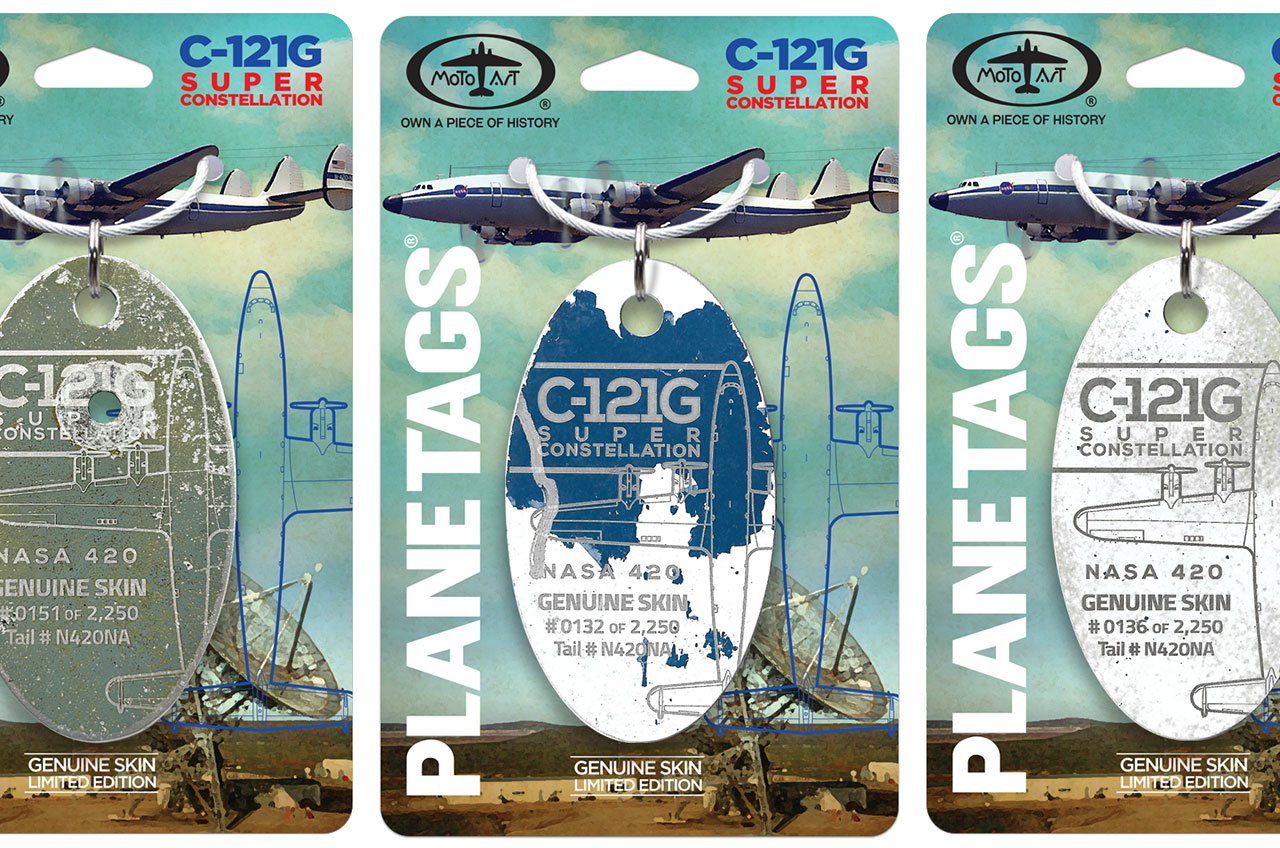
The MotorArts Lockheed C-121G Super Constellation PlaneTags are limited to 2,250 pieces and will start at $75 each, depending on where the tag was cut from the aircraft, when they go on sale on Thursday at 3:00 p.m. EDT (1900 GMT).
Suborbital stand-in
When NASA began launching spacecraft into orbit in the early 1960s, the agency needed a way to stay in contact with the capsules once they were outside of the range of the control centers in Florida and (later) Texas. The solution was to establish ground stations at locations around the globe, including at U.S. military facilities, aboard Navy ships and by partnering with the governments of Australia, Nigeria, Spain and the United Kingdom.
Get the Space.com Newsletter
Breaking space news, the latest updates on rocket launches, skywatching events and more!
To prepare these facilities, NASA also needed a way to verify that the equipment was compatible with the systems on the spacecraft and that they were capable of tracking the vehicles as they passed overhead. As there was no existing target to stand in for the capsules in space, NASA used aircraft as a substitute.
The four-engine, propeller-driven Lockheed Super Constellation airliner, a larger and improved version of the earlier Lockheed Constellation, was designed to fly long distances, making it popular in the early days of transatlantic air travel. Of the 579 Super "Connies" that were built, 259 flew as commercial airliners and 320 went to the U.S. military.

NASA 420 was one of two Super Connies leased by the military to the agency in September 1963. Prior to joining the space program, the same aircraft (construction no. 4065), was used as a cargo transport by the U.S. Navy and as a part of the western transport for the U.S. Air Force Military Air Transport Service.
Together with NASA 421, NASA 420 first stood in for Gemini spacecraft and their Agena target vehicles, carrying out simulated missions with the program's tracking stations. Both aircraft then began service in Australia, where from March 1965 to November 1972, the two Connies helped prepare ground station operators for the Apollo moon missions, while at the same time supporting Surveyor probe flights.
For one week in April 1969, NASA 420 was assigned to the Honeysuckle Creek Tracking Station near Canberra, to perform tests for the Apollo 10 and Apollo 11 missions, the latter landing the first humans on the moon three months later.
NASA 420 was withdrawn from the space agency in January 1973, having filled its purpose. It was then transferred to the U.S. Army Proving Grounds, where the aircraft — still bearing its NASA insignia and livery — was involved in the tests of explosive devices.
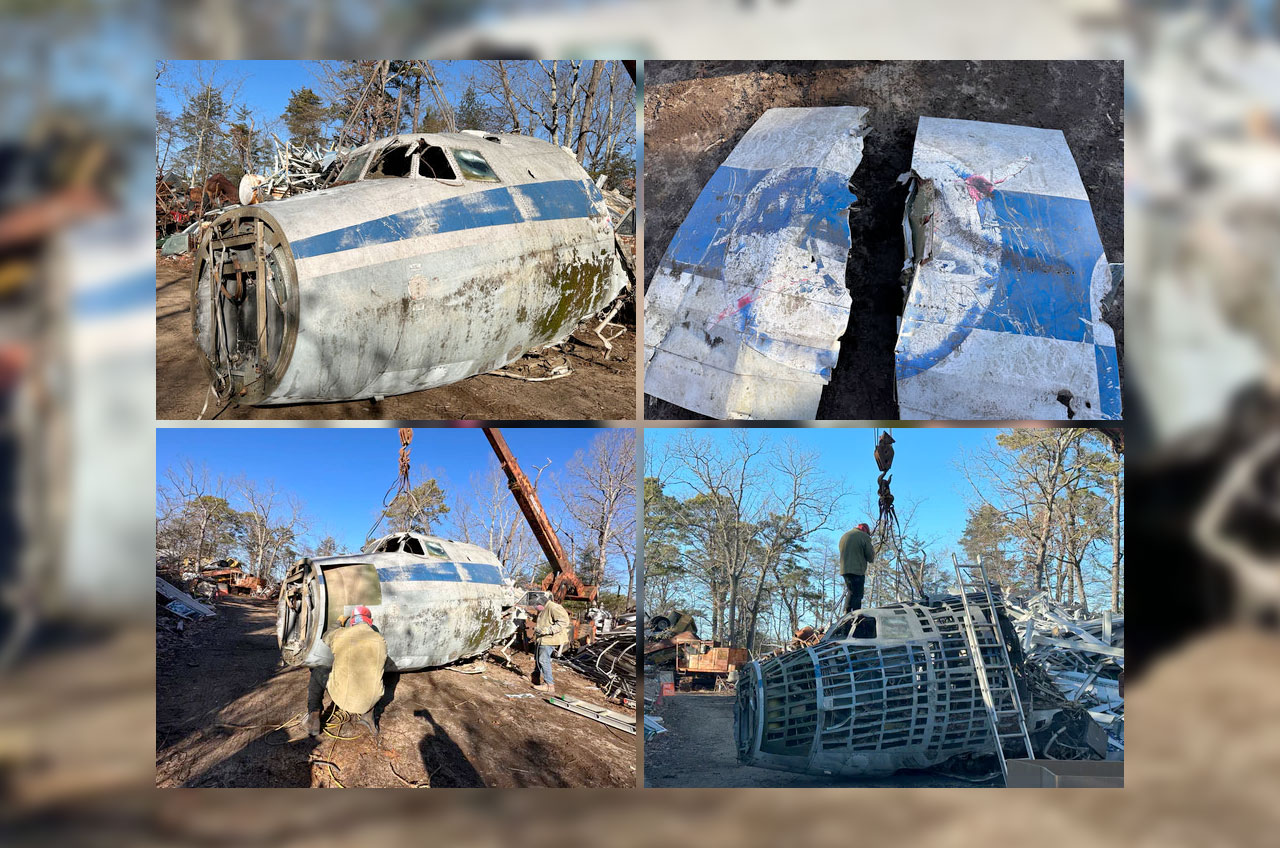
Separated from its 123-foot-long (37 meters) wingspan and much of its 114-foot-long (35 m) body, NASA 420's forward fuselage was sold to Wade Salvage by the U.S. Department of Defense in March 1977.
Tagging the first 'A' in NASA
NASA 420 is the first aircraft with the space agency's livery that MotoArt has used to create a PlaneTag, but it is not the first tag with a connection to NASA's history.
Out of the more than 100 different planes that the company has helped preserve, past tags have been NASA-adjacent, with one being made from a Titan II missile and another from the Boeing 747 that served as a parts donor for the Stratolaunch carrier aircraft.
Then in 2021, an opportunity arose to work directly with the agency, helping to preserve metal from the second of three mobile launch platforms (MLP) from which the space shuttle lifted off. The NASA MLP-2 PlaneTag is limited to 20,000 pieces and still for sale from MotoArt for $249.95 each.
The Lockheed C-121G Super Constellation has been a much requested aircraft by PlaneTags collectors, and, with this aircraft's NASA connection, Hall believes it will be popular.
"We expect this very limited release to be a bestseller," Hall wrote in email previewing the tag's pending release. "We hope everyone, especially our die-hard Super Connie fans, will have the opportunity to add one of our Lockheed C-121G PlaneTags to their collection."
Follow collectSPACE.com on Facebook and on Twitter at @collectSPACE. Copyright 2023 collectSPACE.com. All rights reserved.
Join our Space Forums to keep talking space on the latest missions, night sky and more! And if you have a news tip, correction or comment, let us know at: community@space.com.

Robert Pearlman is a space historian, journalist and the founder and editor of collectSPACE.com, a daily news publication and community devoted to space history with a particular focus on how and where space exploration intersects with pop culture. Pearlman is also a contributing writer for Space.com and co-author of "Space Stations: The Art, Science, and Reality of Working in Space” published by Smithsonian Books in 2018.In 2009, he was inducted into the U.S. Space Camp Hall of Fame in Huntsville, Alabama. In 2021, he was honored by the American Astronautical Society with the Ordway Award for Sustained Excellence in Spaceflight History. In 2023, the National Space Club Florida Committee recognized Pearlman with the Kolcum News and Communications Award for excellence in telling the space story along the Space Coast and throughout the world.

